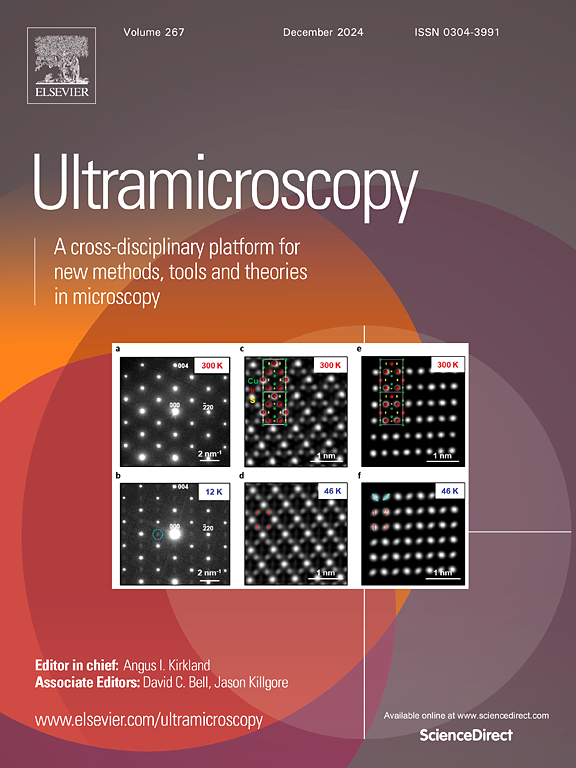Commonsense and common nonsense opinions: PROSPECTS for further reducing beam damage in electron microscopy of radiation-sensitive specimens
IF 2
3区 工程技术
Q2 MICROSCOPY
引用次数: 0
Abstract
Biological molecules are easily damaged by high-energy electrons, thus limiting the exposures that can be used to image such specimens by electron microscopy. It is argued here that many-electron, volume-plasmon excitations, which promptly transition into multiple types of single-electron ionization and excitation events, seem to be the predominant cause of damage in such materials. Although reducing the rate at which primary radiolysis occurs would allow one to record images that were much less noisy, many novel proposals for achieving this are unlikely to be realized in the near future, while others are manifestly ill-founded. As a result, the most realistic option currently is to more effectively use the available “budget” of electron exposure, i.e. to further improve the “dose efficiency” by which images are recorded. While progress in that direction is currently under way for both “conventional” (i.e. fixed-beam) and scanning EM, the former is expected to set a high standard for the latter to surpass.
常识性与谬论性观点:进一步降低辐射敏感样品电子显微镜束损伤的前景
生物分子很容易被高能电子破坏,因此限制了通过电子显微镜对这些标本进行成像的暴露。本文认为,迅速转变为多种类型的单电子电离和激发事件的多电子、体积等离激元激发似乎是这类材料损伤的主要原因。虽然降低初级放射溶解发生的速率可以使人们记录的图像噪音小得多,但许多实现这一目标的新建议在不久的将来不太可能实现,而其他建议显然是毫无根据的。因此,目前最现实的选择是更有效地利用现有的电子照射“预算”,即进一步提高记录图像的“剂量效率”。虽然“传统”(即固定波束)和扫描EM目前都在朝着这个方向发展,但前者有望为后者设定更高的标准。
本文章由计算机程序翻译,如有差异,请以英文原文为准。
求助全文
约1分钟内获得全文
求助全文
来源期刊

Ultramicroscopy
工程技术-显微镜技术
CiteScore
4.60
自引率
13.60%
发文量
117
审稿时长
5.3 months
期刊介绍:
Ultramicroscopy is an established journal that provides a forum for the publication of original research papers, invited reviews and rapid communications. The scope of Ultramicroscopy is to describe advances in instrumentation, methods and theory related to all modes of microscopical imaging, diffraction and spectroscopy in the life and physical sciences.
 求助内容:
求助内容: 应助结果提醒方式:
应助结果提醒方式:


